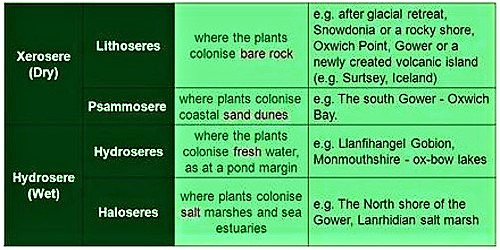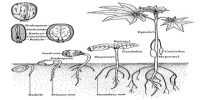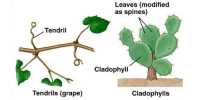Hydrosere is a plant progression in which an open freshwater naturally dries out, steadily becoming a swamp, marsh, etc., and in the end woodland. Xerosere is the succession of environmental communities that originated in an enormously dry habitat such as a sand desert, sand dunes, a salt desert or a rock desert.
The difference between Hydrosere and Xerosere
Hydrosere
- Succession takes place in wet habitats
- Its first step is the submerged plant stage
- Plants of the first stage are- Elodia, Hydrilla, etc.
- Succession is limited to six steps, such as – the Submerged stage, floating stage, reed swamp stage, woodland stage, and climax forest stage.
- A hydrosere is a plant succession that occurs in an area of fresh water such as in oxbow lakes and kettle lakes.
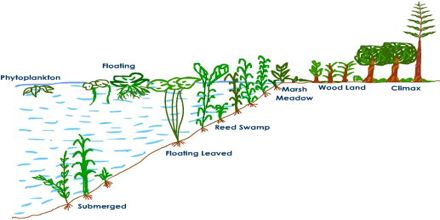
Fig: The different stages of Hydrosere
Xerosere
- Succession begins with bare rocks and, deserts; for example: dry places.
- Its first step is the blue-green algae as well as thalloid-licken plant stage
- Plants of the first stage are Rhizocarpon, Rhinodina, etc.
- This succession is ended by six stages, such as – thalloid, licken stage, leafy licken stage, moss stage, herb stage, shrub stage, and climax forest Stage.
- The xerarch succession of ecological communities originated in extremely dry situations such as sand deserts, sand dunes, salt deserts, rock deserts, etc.
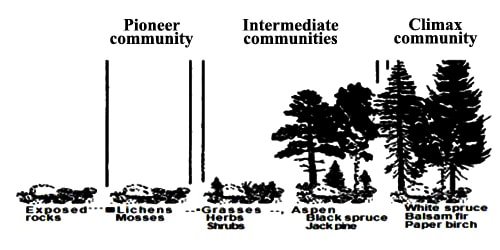
Fig: The different stages of Xerosere
Hydrosere and Xerosere succession:
Hydrosere is a hydrous type of progression considering key progression first of all new plantlets grow deeper in the soil which would not have any type of sun rays considering algae fungi at the base then a layer of algae and fungi is further depleted in layers.
The process of Hydrosere aquatic succession is completed in the following stages:
- Phytoplankton stage: In the initial stage of succession algal spores are brought into the body of water.
- Submerged stage: The phytoplankton stage is followed by the submerged plant stage.
- Floating stage: When the depth of water reaches about 4 to 8 feet, the submerged vegetation starts disappearing from its original place and then the floating plants make their appearance gradually in that area.
- Reed-swamp stages: Under these conditions, the floating plants start disappearing gradually and their places are occupied by amphibious plants that can live successfully in aquatic as well as aerial environments.
- Sedge Marsh or Meadow stage: The filling process finally results in marshy soil which may be too dry for the plants of pre-existing community.
- Woodland stage: In the beginning, some shrubs and later medium-sized trees form open vegetation or woodland.
- Climax forest: After a very long time the hydrosere may lead to the development of climax vegetation.
Xerosere type of progression that there are no plants only Sandy grounds are present after all wild in the while. In the seed dispersal seats of cactus, euphorbia is consistently increasing through Kangaroo rat and several other animal habitats.
The succession occurs in Xerosere dry condition is called Xerosere. It undergoes the following stages:
- Crustose lichen stage: Crustose are land lifeless structure. The crustose may have an external protective layer surface on the rock.
- Foliage lichen stage: Now habitat is suitable for foliage lichens. Foliage lichens are leaf-like.
- Moss stage: The soil becomes more porous. Thus at this stage moss plants in ade the area.
- Herbaceous stage: The soil has a large amount of humus and litter. Thus its water-holding capacity is increased.
- Shrub stage: Soil conditions now become favorable for shrubs.
- Climax stage: The soil is much improved now. So it now allows the growth and establishment of woody plants.
